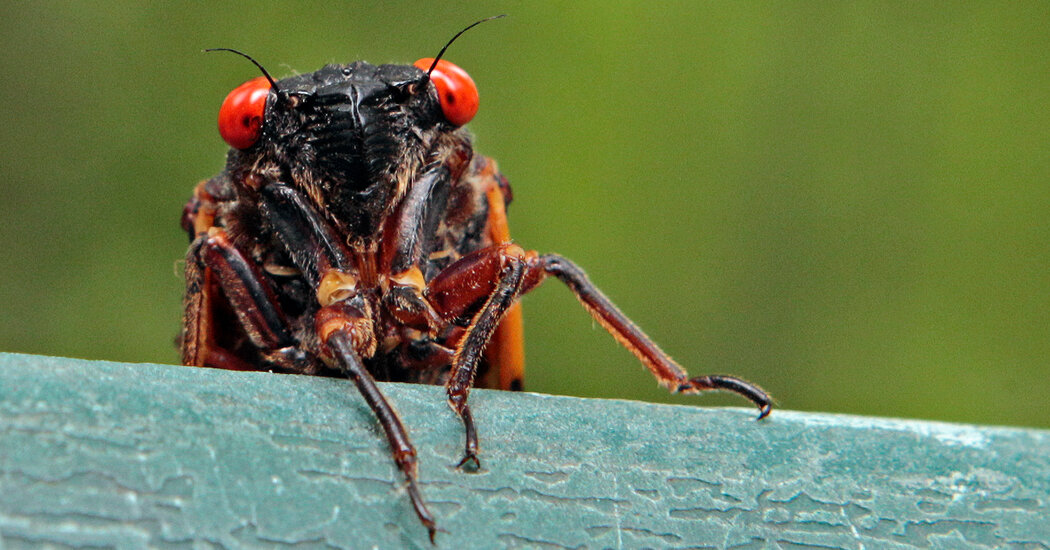Two periodical cicada broods are appearing in a 16-state area in the Midwest and Southeast for the first time in centuries. Can you get rid of them? Do they bite you? We answer your questions.
In a rare occurrence, a trillion cicadas from two different broods are expected to begin appearing in the Midwest and Southeast regions of the United States at the end of April.
It’s the first time since 1803 that Brood XIX, or the Great Southern Brood, and Brood XIII, or the Northern Illinois Brood, will appear together in an event known as a dual emergence.
Thomas Jefferson was president the last time that the Northern Illinois Brood’s 17-year cycle aligned with the Great Southern Brood’s 13-year period. After this spring, it’ll be another 221 years before the groups, which are geographically adjacent, appear together again.
A roughly 16-state area will be center stage for these periodical cicadas, which differ from those that appear annually in smaller numbers.
Forested areas, including urban green spaces, are more likely to see higher numbers of cicadas than agricultural regions. To put into perspective just how many of these bugs could emerge, one trillion cicadas, each just over an inch long, would cover 15,782,828 miles if they were placed end to end, said Floyd W. Shockley, an entomologist and collections manager at the Smithsonian National Museum of Natural History.
“That cicada train would reach to the moon and back 33 times,” Dr. Shockley said.
